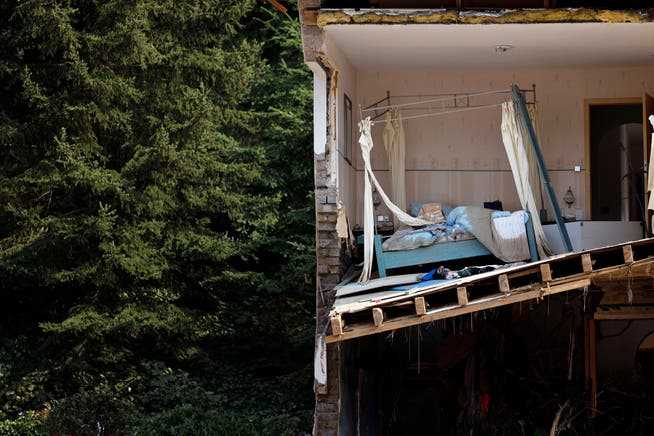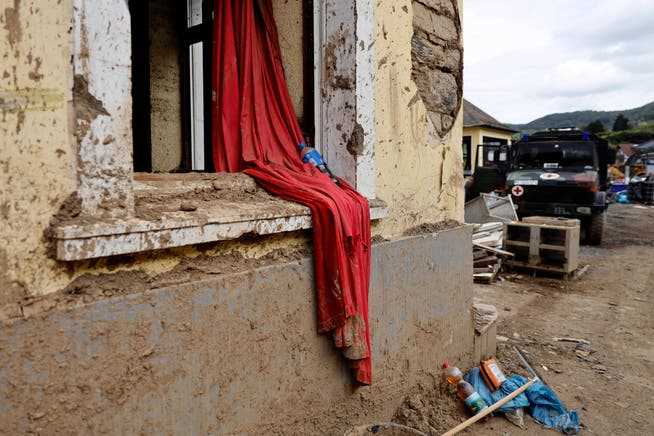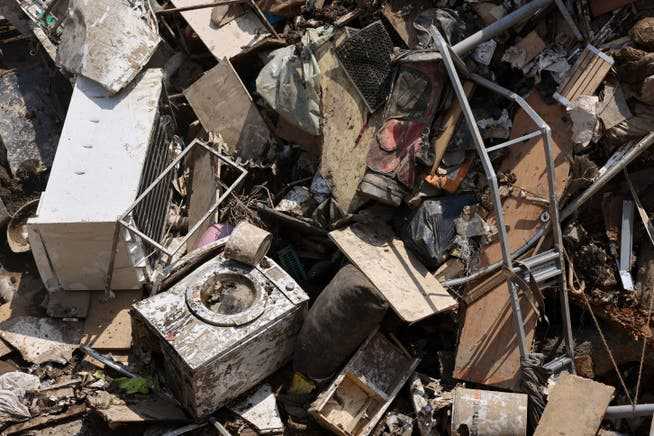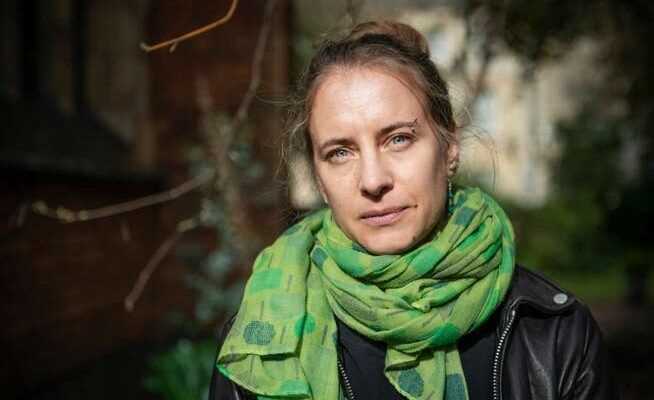In summer the Ahr valley was flooded. After that, the climate researcher received more and more inquiries: everyone wanted to know what the torrential rain had to do with climate change.
The climate researcher Friederike Otto is now a Senior Lecturer at Imperial College London. The photo was taken in Oxford in 2020.
Friederike Otto first learned about the devastating flood in the Ahr Valley, in which 134 people died in mid-July, from the media. But soon afterwards she received inquiries from scientists, for example from the German Weather Service. The German climate researcher Otto, who works at Imperial College London, has made a name for herself internationally as an expert on extreme weather conditions in climate change.
Soon after the Ahr flood, Otto teamed up with other researchers. She wanted to find out how great the influence of global warming was on the event – as she has now done several times after previous weather extremes. But one thing was different this time: One of the doctoral students in her team came from the region that was so badly devastated by the floods. “It was more personal than usual,” says Otto.
The investigation turned out to be demanding. On the one hand, it was a very small-scale weather event. The researchers therefore had to work with high-resolution climate models, which increased the uncertainties.
On the other hand, the serious consequences were not only due to the rain, but also to the geographical conditions: The Ahr Valley is in sections similar to a canyon in which rainwater collects particularly quickly. Precipitation of the same strength had also fallen in the Uckermark two weeks earlier, says Otto. Only a few streets got wet there. In the Ahr Valley, on the other hand, bridges collapsed, houses collapsed and cars swam away.
Extreme rainfalls like in the Ahr region have, if you look at a single day, become more likely by a factor of 1.2 to 9 due to climate change, wrote the gathered researchers in a report soon afterwards. To a large extent, this is simply due to the fact that warmer air can absorb more water vapor.

This picture from July 22, 2021 shows a destroyed house in the village of Dernau.
It was one of four studies carried out in 2021 as part of the World Weather Attribution (WWA) initiative. Friederike Otto founded this initiative in 2014 together with the Dutch climate researcher Geert Jan van Oldenborgh. The purpose is to provide a rapid scientific assessment after extreme weather events as to whether and to what extent climate change has played a role – for the public and for politics.
Last but not least, Otto’s aim is to provide information about changes in extreme weather conditions in order to enable adaptation to them. Last but not least, this is important for many countries in the global south, where there is usually a lack of both data and money for relevant studies.
After a long illness, van Oldenborgh died in October 2021. Otto not only misses a colleague, but also a friend like her in an obituary in the science magazine “Nature” wrote. In the years before his death, van Oldenborgh trained a small team at the Koninklijk Nederlands Meteorological Instituut in De Bilt, which will continue its work. “But there is no substitute for his experience,” said Otto.

The clean-up work was making progress, but on August 8, 2021, the flood damage in the village of Mayschoss in the Ahr Valley was still clearly visible.
The results of the summer heat wave in North America in 2021 were even more clear than the evaluation for the Ahr Valley. A number of temperature records were clearly surpassed there. In the Canadian village of Lytton, British Columbia, the thermometer reached 49.6 degrees Celsius. Without climate change, this heat wave would not have been possible, the researchers from the WWA initiative later reported.
In an interview with the NZZ, Otto emphasizes that she considers another WWA study from 2021 to be even more important – namely that of a famine in Madagascar, which suffered hundreds of thousands of islanders in mid-2021. The disaster was related to a drought. In October, United Nations World Food Program officials said it could be the first famine caused by climate change. A month later the researchers around Otto contradicted this: Poverty, poor infrastructure and natural weather phenomena were much more important reasons.
In any case, the year 2021 was a year of breakthrough for attribution research – i.e. exploring the connection between climate change and weather events. The new report of the UN Climate Council IPCC gave the topic a prominent place for the first time. Otto was one of the authoritative authors of the corresponding chapter. She is also involved in the synthesis report of the IPCC, which is due to appear in autumn 2022.
The public response to the attribution initiative in 2021 was enormous. It culminated in the fact that “Time Magazine” Otto and van Oldenborgh published in September his list of the world’s 100 most influential people of the year recorded. She was surprised, says Otto. “I’m not one of the hundred most influential people in the world.” There is certainly a bit of wishful thinking behind the magazine. But she is grateful for the attention given to her research area.

